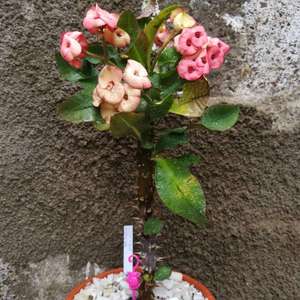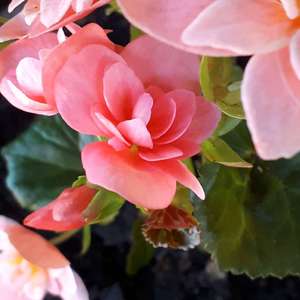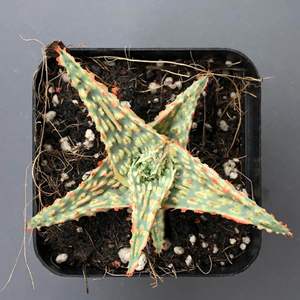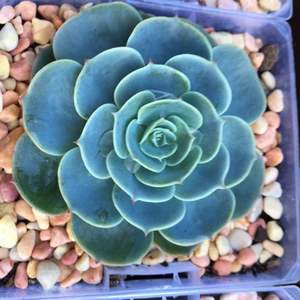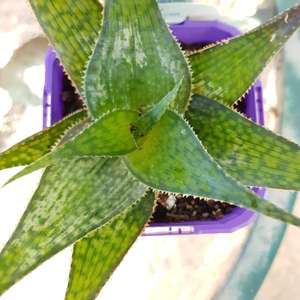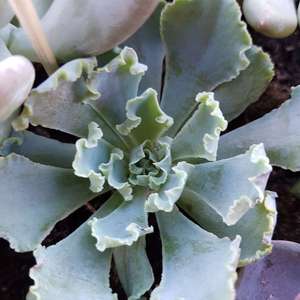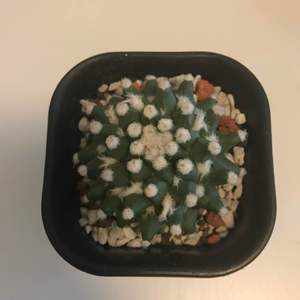成长记
monsterick
2019年01月10日

I Nuevo agregado un Crassula mesembryanthemopsis x falcata hybrid (Morgan's Beauty) en mi jardín
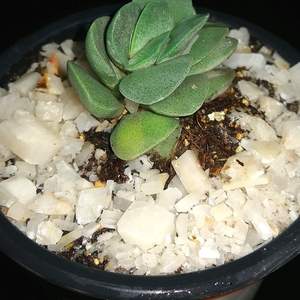

0
0
成长记
DaniH
2018年09月07日
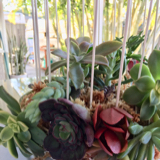
I now added "Echeveria Blue Surprise (Ech Lilacina Hybrid)" in my "garden"
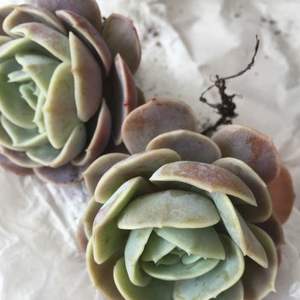

0
0
文章
Miss Chen
2018年08月14日

Lilies (Lilium spp.) produce tall stems lined with many lance-like leaves and produce a cluster of flowers in late spring to early fall, depending on species. Over 100 lily species exist and hundreds more hybrid cultivars, such as those known as LA Hybrid, Asiatic or Orienpet lilies. Deadheading is the process of trimming off old, withering flowers with the hope of encouraging reblooming. Deadheading lilies is for aesthetic purposes only; lilies do not rebloom once their primary flowering display ends.

Reasons to Deadhead
A gardener does not need to deadhead lilies in order for the plant to remain healthy. People concerned with tidy garden appearance may choose to trim off old, spent lily flowers from the stem tips to make the plant look better. Lily flowers that are not cut off will develop into a three-chamber capsule that forms seeds. If you want the clump of lily plants to grow more robust, cut off the seed capsules so the plant energy goes into developing larger bulbs in the ground. Otherwise, resources are put into producing seeds.
How to Deadhead Lilies
The structure and form of flowers on lilies vary by species, so take the time to examine the flower tip on plant stems before deadheading. You may opt to pluck off old lily blossoms one at a time by snipping them off where the short stem attaches to the main flower stem or stalk. Or, you can wait for all flowers in the lily cluster to wither before making one cut to trim off the upper reaches of the lily stalk.
Caveats
Do not cut off more of the main leafy stem stalk of a lily than necessary to remove the old flowering tip. You want as many leaves to remain as possible, since they make carbohydrates from sunlight that replenishes and enlarges the underground lily bulbs. Lily bulbs produce daughter bulbs at their base during the summer, thereby increasing the clump. In subsequent years, multiple large lily bulbs grow and produce more flowers than a lone lily bulb.

Insights on Other Plants Called Lily
Horticulturists refer to species in the genus Lilium as "true lilies." Other members in the larger lily family, Liliaceae, and other plant families are also given common names of lily. Daylily, Peruvian lily, waterlily, lily-of-the-Nile, lily-of-the-valley, calla lily and toad lily are examples. These types of "false" lilies may or may not benefit from deadheading -- it depends on the individual species.

Reasons to Deadhead
A gardener does not need to deadhead lilies in order for the plant to remain healthy. People concerned with tidy garden appearance may choose to trim off old, spent lily flowers from the stem tips to make the plant look better. Lily flowers that are not cut off will develop into a three-chamber capsule that forms seeds. If you want the clump of lily plants to grow more robust, cut off the seed capsules so the plant energy goes into developing larger bulbs in the ground. Otherwise, resources are put into producing seeds.
How to Deadhead Lilies
The structure and form of flowers on lilies vary by species, so take the time to examine the flower tip on plant stems before deadheading. You may opt to pluck off old lily blossoms one at a time by snipping them off where the short stem attaches to the main flower stem or stalk. Or, you can wait for all flowers in the lily cluster to wither before making one cut to trim off the upper reaches of the lily stalk.
Caveats
Do not cut off more of the main leafy stem stalk of a lily than necessary to remove the old flowering tip. You want as many leaves to remain as possible, since they make carbohydrates from sunlight that replenishes and enlarges the underground lily bulbs. Lily bulbs produce daughter bulbs at their base during the summer, thereby increasing the clump. In subsequent years, multiple large lily bulbs grow and produce more flowers than a lone lily bulb.

Insights on Other Plants Called Lily
Horticulturists refer to species in the genus Lilium as "true lilies." Other members in the larger lily family, Liliaceae, and other plant families are also given common names of lily. Daylily, Peruvian lily, waterlily, lily-of-the-Nile, lily-of-the-valley, calla lily and toad lily are examples. These types of "false" lilies may or may not benefit from deadheading -- it depends on the individual species.
0
0



